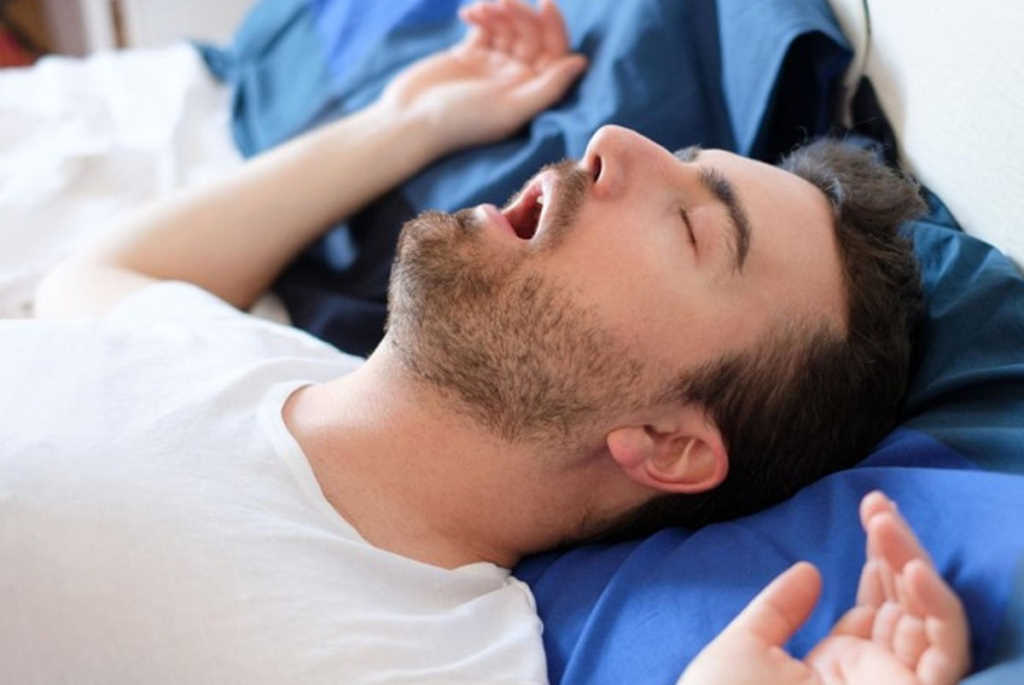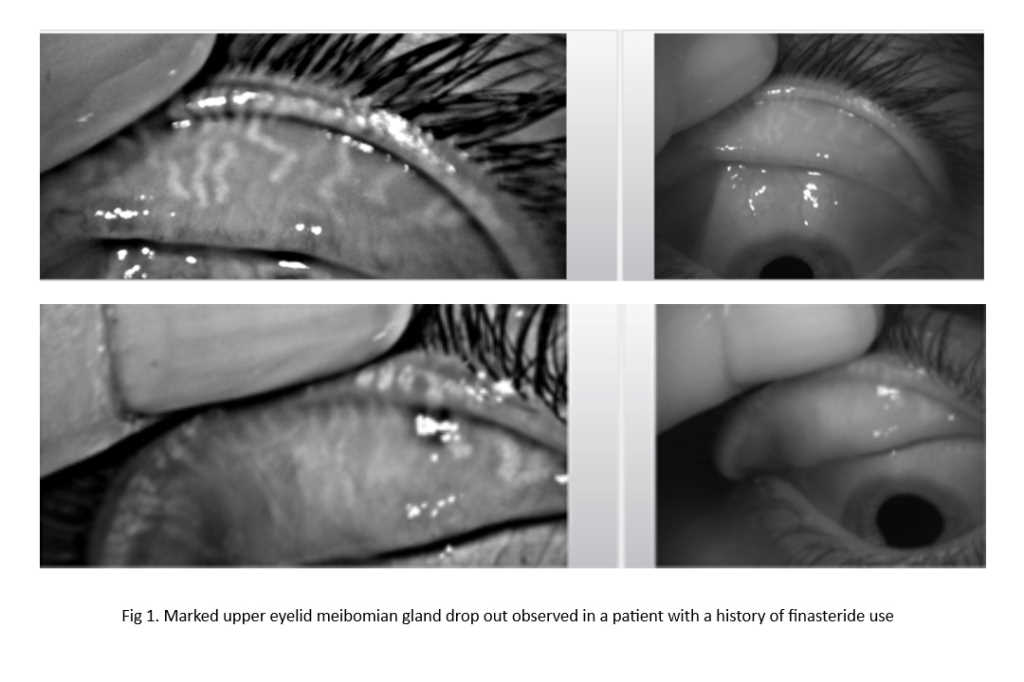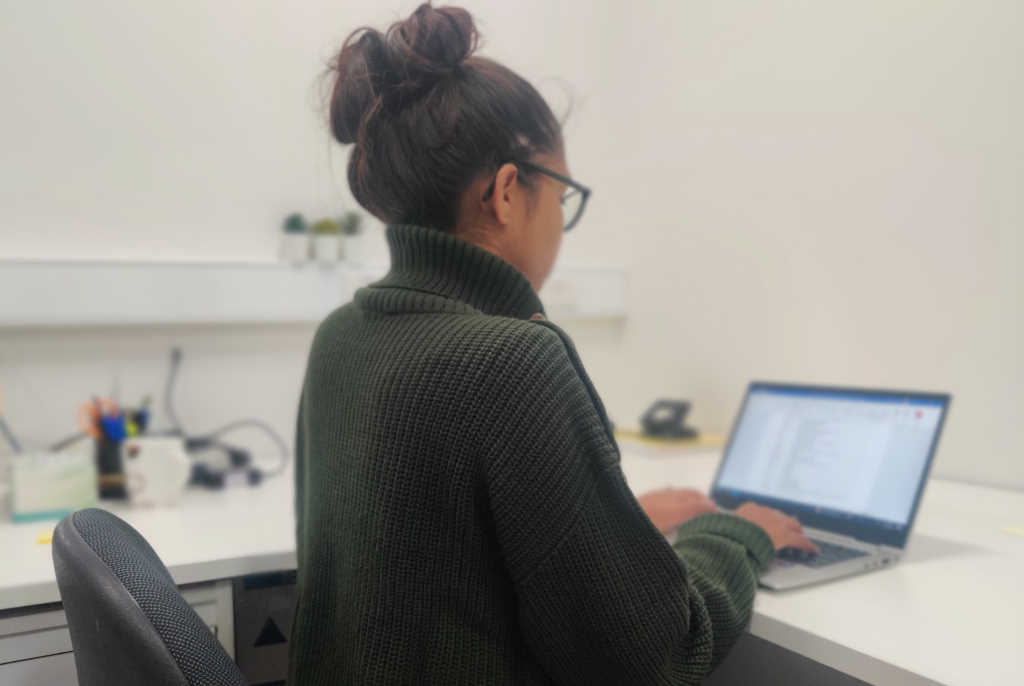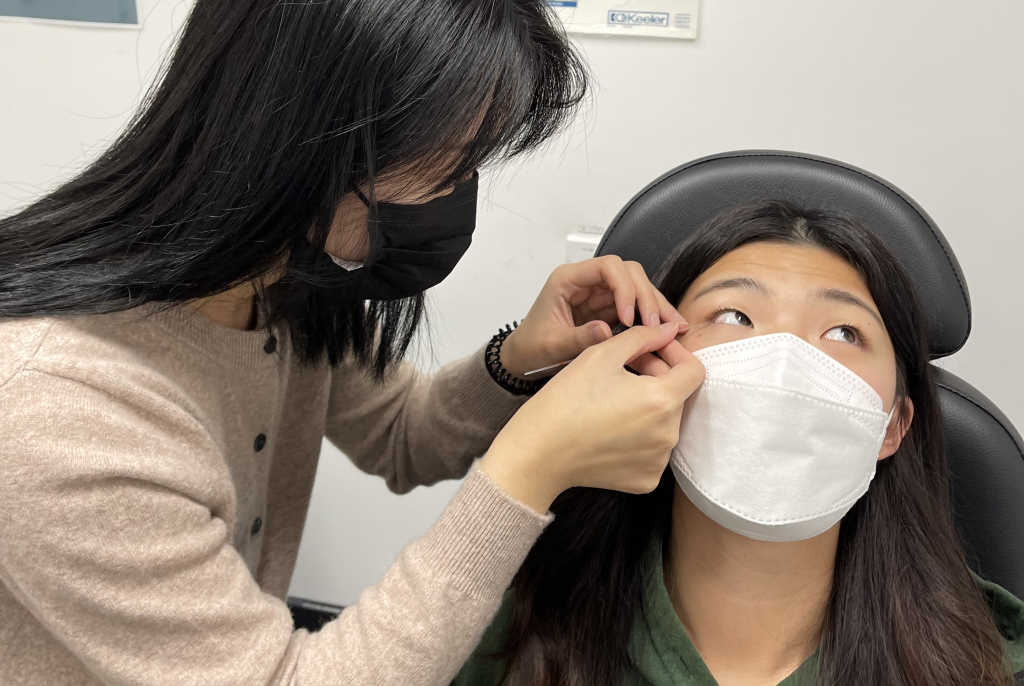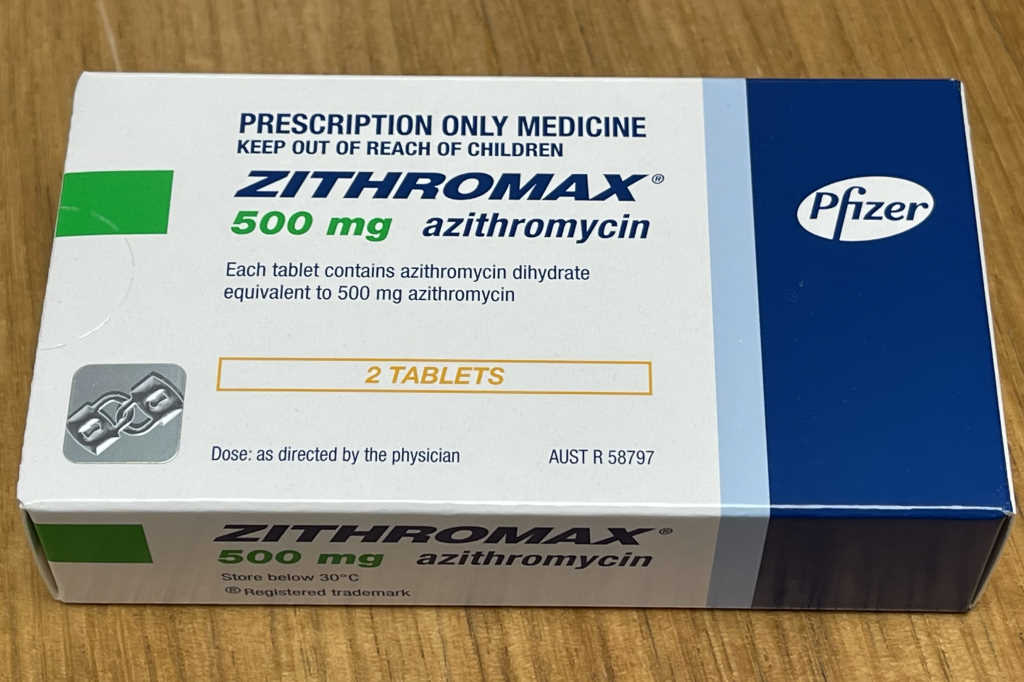DED symptoms may indicate sleep apnoea
A Taiwanese study has discovered that moderate to severe obstructive sleep apnoea (OSA) was more commonly associated with floppy eyelid syndrome, shorter tear breakup time and higher ocular redness scores than with normal to mild OSA.
While the associations between tear film disorders and OSA have been investigated previously, none has objectively assessed the changes in patients’ ocular surface, said study co-author Assistant Professor Pei-Wen Lin from Kaohsiung Chang Gung Memorial Hospital. “If hypoxia causes ocular surface inflammation and damage, longer duration and greater severity of OSA will result in greater changes to the ocular surface,” said researchers.
Floppy eyelid syndrome was found in 11.5% of the control group, 45.3% of the mild OSA group, 45.2% of the moderate OSA group and 60% of the severe OSA group, with significant differences among the groups in tear breakup time and redness scores. However, no significant differences were seen in Ocular Surface Disease Index (OSDI) scores, tear meniscus height, central corneal thickness, endothelial cell density, Schirmer’s test or corneal staining.
Commenting on the findings in Healio, optometrist Dr Kaitlyn Kolzow pointed out, “Sleep apnoea has also been associated with hypertension, stroke, nonarteritic ischaemic optic neuropathy and sudden death. It would be appropriate to refer a patient without known sleep apnoea to their primary care physician in the setting of floppy eyelid syndrome and ocular surface disease, particularly if they also admit to other sleep apnoea symptoms.”








